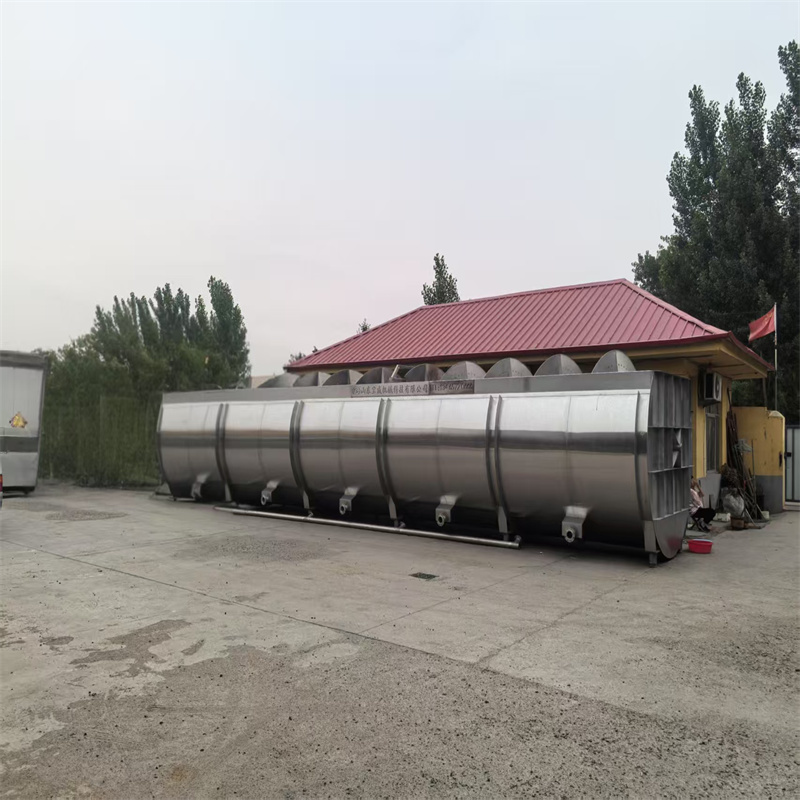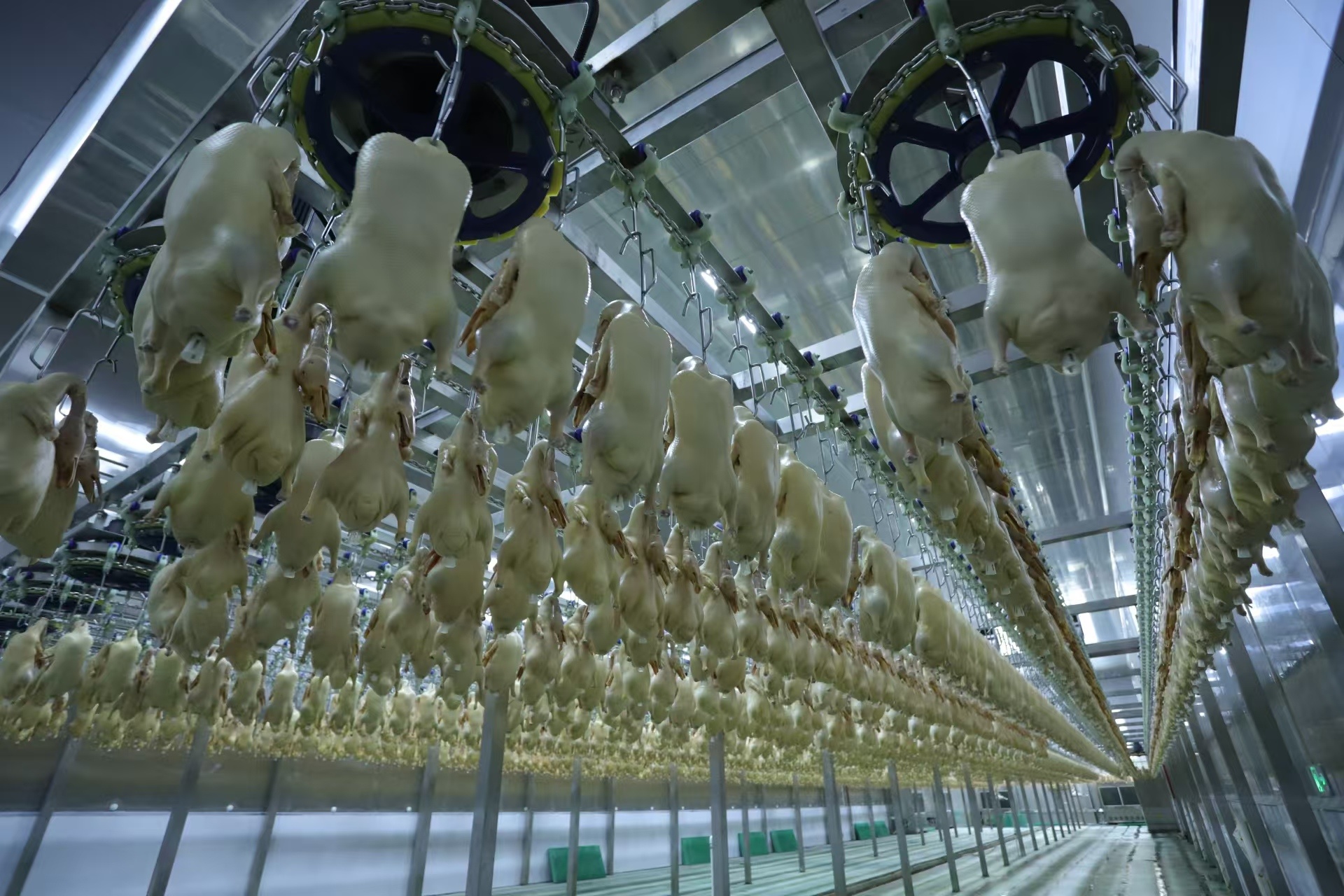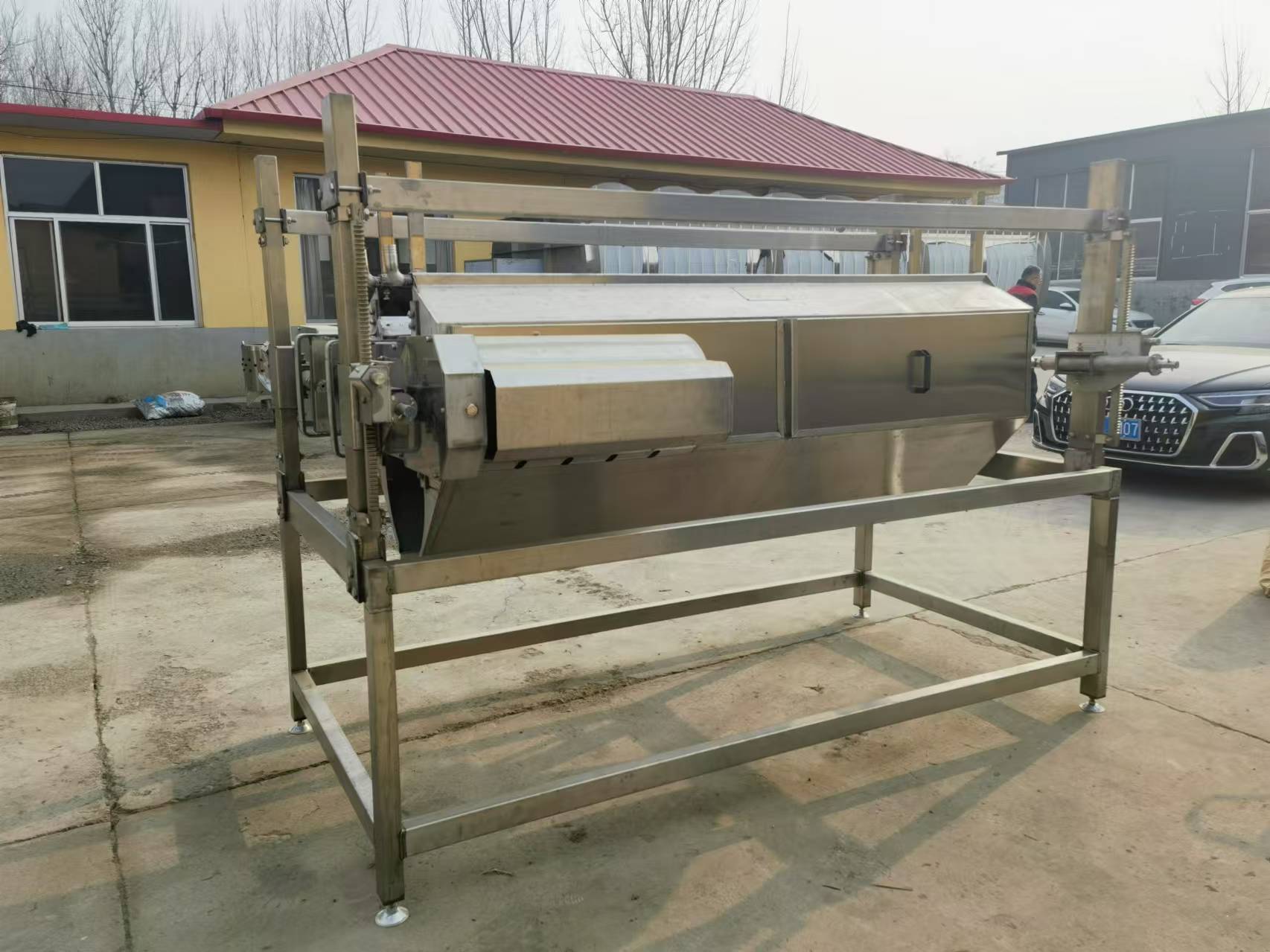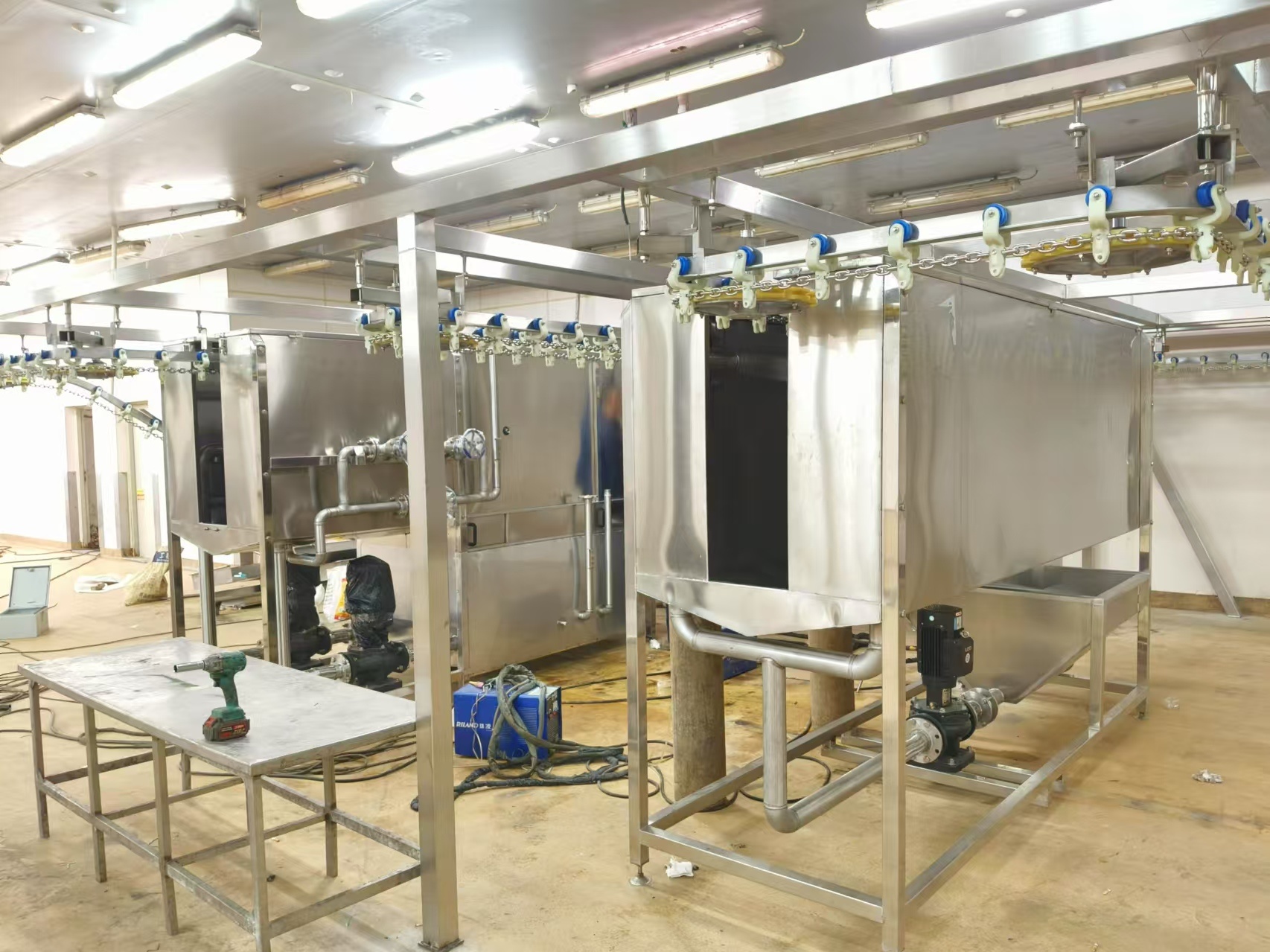





Small Mao conveyor belt Segmented conveyor belt
- Commodity name: Small Mao conveyor belt Segmented conveyor belt
- Detailed description
-
Small Mao conveyor belt Divided conveyor belt
In modern industrial production, conveyor belts—being crucial logistics equipment—play an indispensable role. Among the diverse family of conveyor belts, small-mesh conveyor belts and segmented conveyor belts have been gaining increasing popularity among enterprises due to their unique features and wide range of applications. This article will provide a detailed introduction to the characteristics, operating principles, application areas, and critical roles of small-mesh conveyor belts and segmented conveyor belts in modern industry.
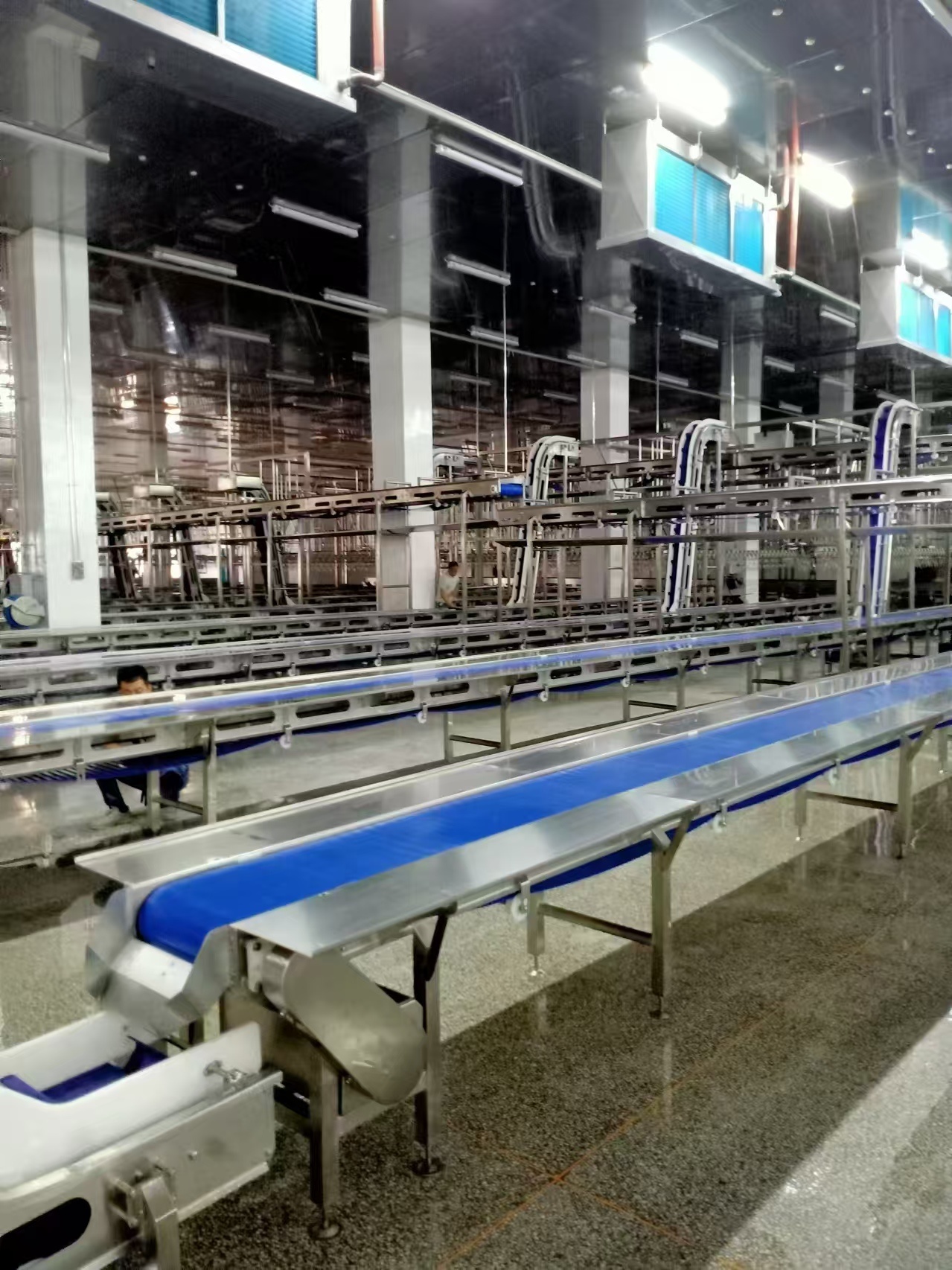
1. Xiao Mao Conveyor Belt: A Leader in Precise Transportation
A small-bristle conveyor belt, as its name suggests, is a conveyor belt that is relatively small in size and features a surface covered with fine bristles or a special material. This design not only increases the friction between the conveyor belt and the items being transported, ensuring greater stability and reducing the likelihood of items slipping during transit, but also provides a certain degree of protection for the surfaces of the transported items, helping to prevent scratches or wear.
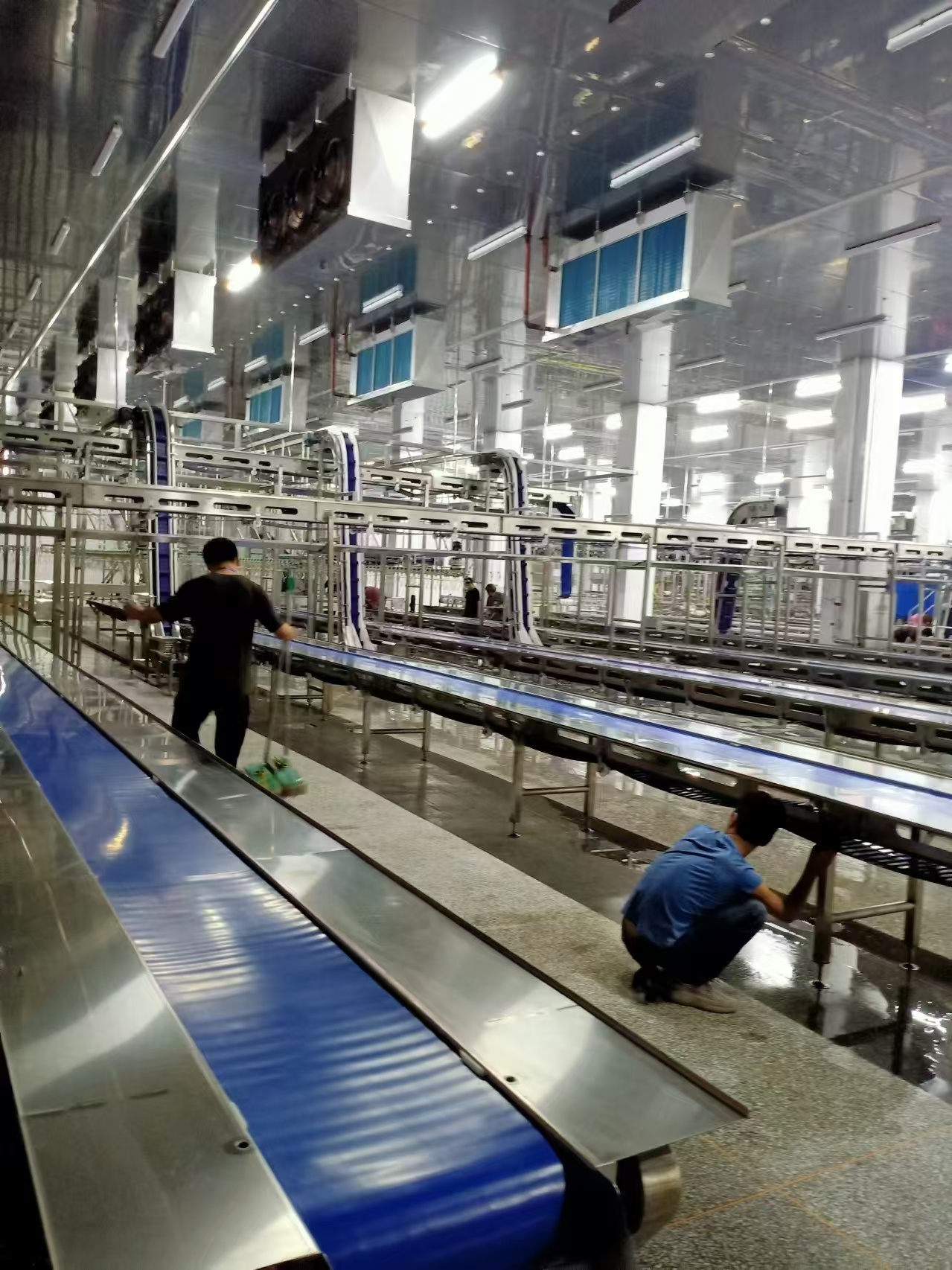
The operating principle of the Xiaomao conveyor belt is relatively simple: it typically consists of a drive unit—such as a motor—that rotates rollers, which in turn set the conveyor belt in motion along a fixed path. Items are placed onto the conveyor belt and transported to the designated location as the belt moves. Due to its precise conveying characteristics, the Xiaomao conveyor belt is widely used in industries such as food, electronics, and pharmaceuticals, where high cleanliness and accurate conveyance are essential.
In the food industry, small-fiber conveyor belts are commonly used in processes such as cooling baked goods, packaging confectionery, and washing and sorting vegetables and fruits. The fine fibers of these belts effectively prevent food from slipping during transport while ensuring that they do not damage the food’s surface, thus maintaining food hygiene and quality. In the electronics and pharmaceutical industries, small-fiber conveyor belts are more often employed for the assembly, inspection, and packaging of precision components. Their stable conveying performance and excellent protective properties provide strong assurance for product quality and production efficiency.
II. Split Conveyor Belts: A Flexible and Efficient Transmission Solution
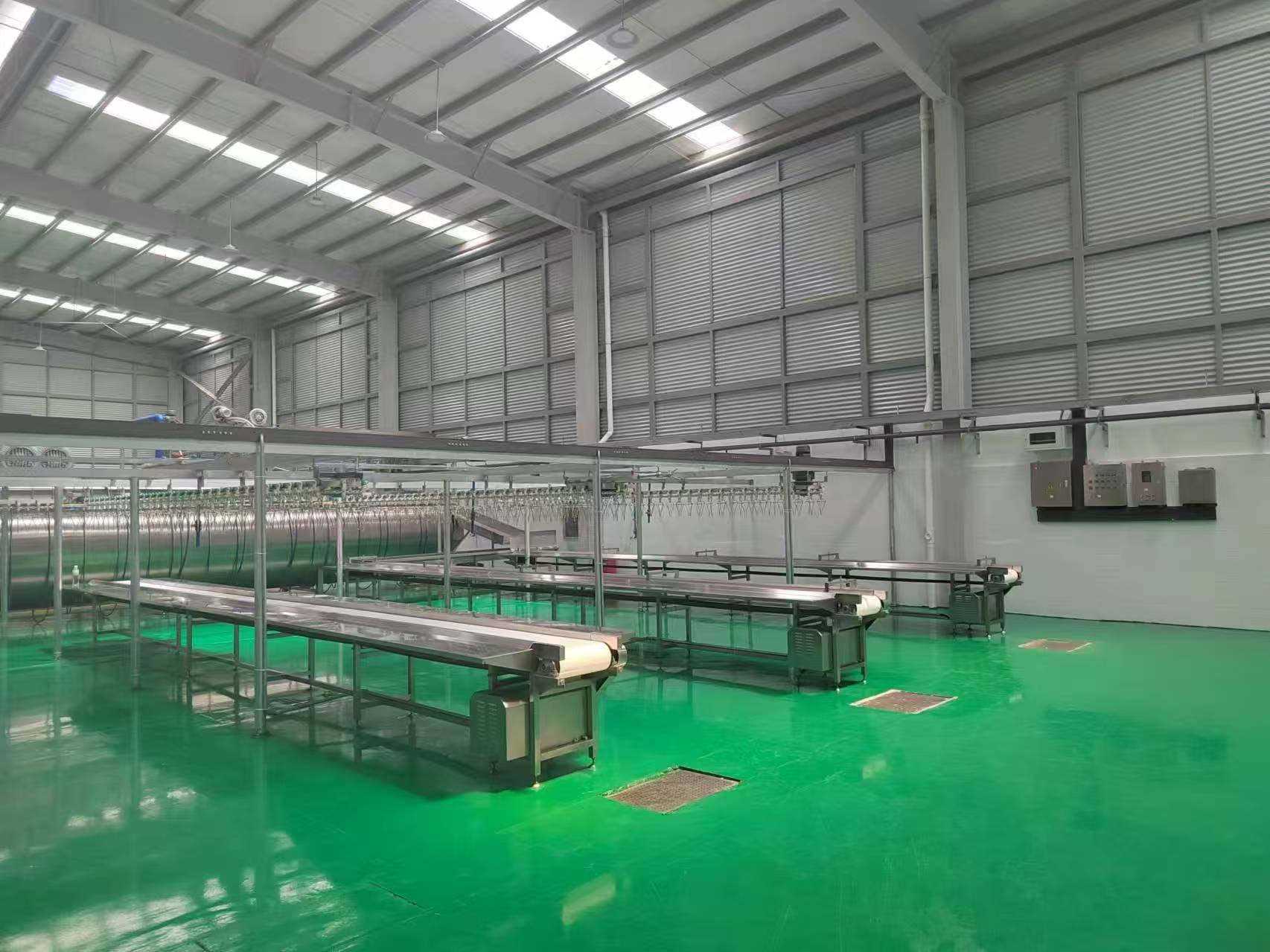
A segmented conveyor belt, also known as a partitioned conveyor belt or zone conveyor belt, is a type of conveying equipment that features a series of partitions or segregated zones installed on the conveyor belt. These partitions divide the conveyor belt into multiple independent conveying channels, each of which can independently transport different items or perform distinct operations.
The operating principle of a segmented conveyor belt is similar to that of a small-belt conveyor: both use a drive mechanism to rotate rollers, which in turn set the conveyor belt in motion along a fixed path. However, the key difference is that, during transport, each item on a segmented conveyor belt is confined within its own independent conveying channel, preventing interference and collisions between items and significantly enhancing the accuracy and efficiency of the conveyance process.
Segmented conveyor belts, with their flexible and efficient transmission characteristics, have found wide application in various fields such as logistics, warehousing, and automotive manufacturing. In the logistics industry, segmented conveyor belts are often used for sorting and conveying express packages; each conveyor channel can be assigned to a different destination or courier company, significantly enhancing sorting efficiency and accuracy. In the warehousing industry, segmented conveyor belts are employed for handling goods...
Key words:
Small Mao conveyor belt Segmented conveyor belt
Get Quote
